Sewing is a timeless craft that weaves together threads of creativity, precision, and self-expression. It transcends generations, offering a profound sense of fulfillment and accomplishment.
Through the gentle dance of needle and thread, fabric transforms into tangible manifestations of imagination.
The art of sewing enables us to fashion garments, accessories, and home decor uniquely tailored to our tastes and bodies.
It fosters a profound connection between tradition and innovation, as we learn age-old techniques while infusing our personal touch.
With each stitch, we embark on a journey of both self-discovery and cultural preservation, creating not just garments, but stories, memories, and heirlooms that endure through time.
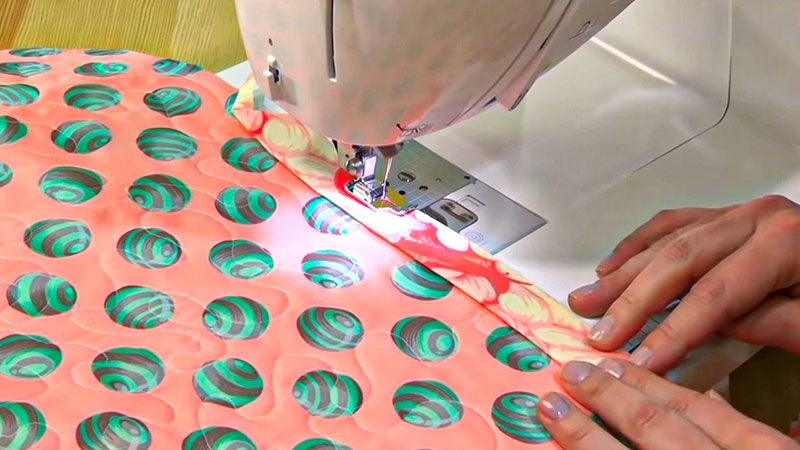
Why Sewing Is So Rewarding? 10 Reasons
Sewing is a skill that has been practiced for centuries, and it continues to be a popular hobby and profession in today’s world.
There are several reasons why sewing can be incredibly rewarding, both personally and creatively.
Here are some of the key reasons why people find sewing so fulfilling:
1. Creativity

Sewing allows individuals to express their creativity through fabric, colors, patterns, and designs.
It’s a medium through which one can bring their imagination to life. Whether it’s making clothing, accessories, or home decor, sewing offers a canvas for self-expression.
2. Customization
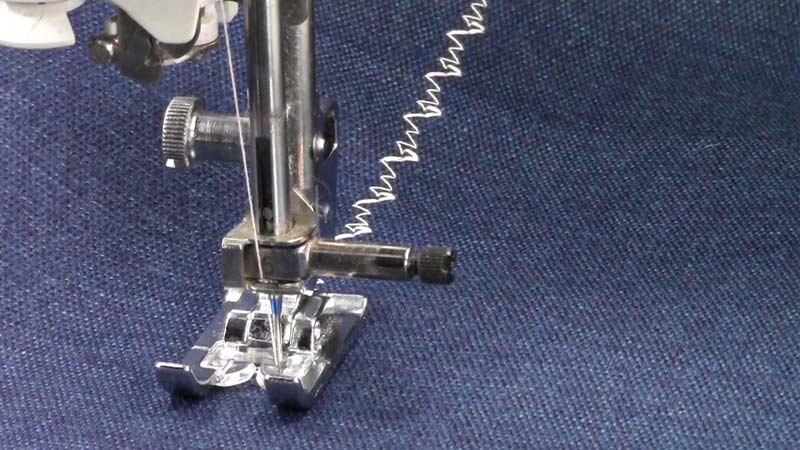
When you sew, you have complete control over the design, fit, and details of a project.
This means you can create garments and items that perfectly suit your style, body shape, and preferences.
You can choose fabrics, colors, and embellishments that resonate with you, making each piece uniquely yours.
3. Sense of Accomplishment
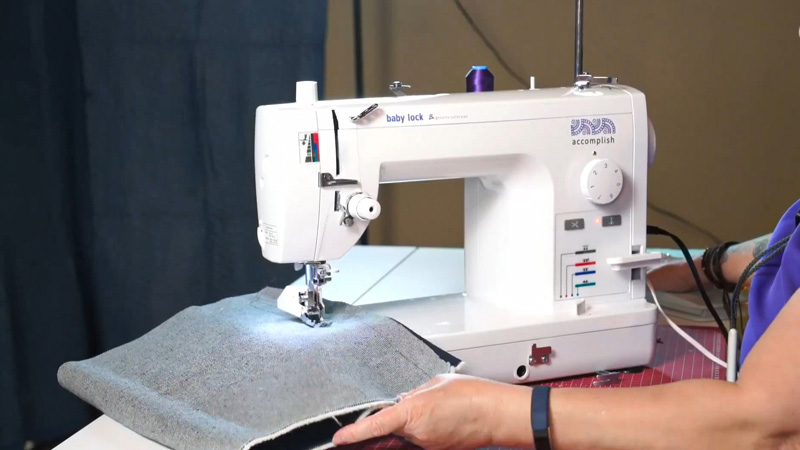
Completing a sewing project, especially a complex or intricate one, gives a powerful sense of accomplishment.
Witnessing a creation come together from individual pieces of fabric can be incredibly gratifying.
It boosts confidence and provides a tangible representation of one’s skills and efforts.
4. Problem Solving
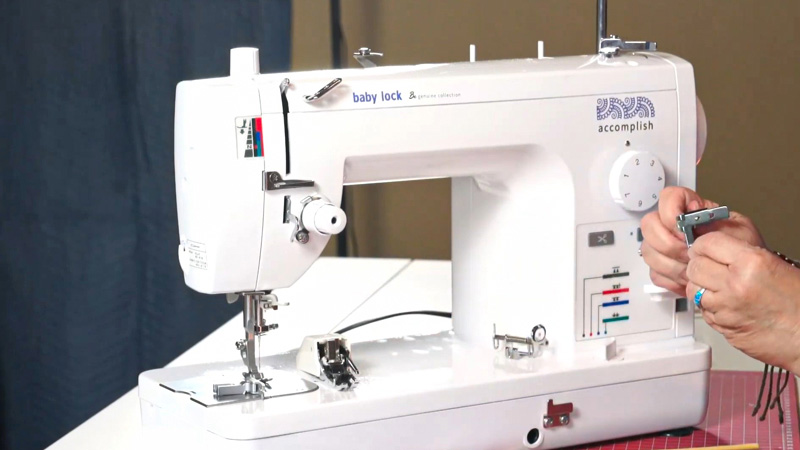
Sewing often involves deciphering patterns, making adjustments, and troubleshooting unforeseen challenges.
This stimulates problem-solving skills and encourages a keen eye for detail. It requires a mix of patience, precision, and adaptability, which can be intellectually stimulating.
5. Sustainable and Eco-Friendly
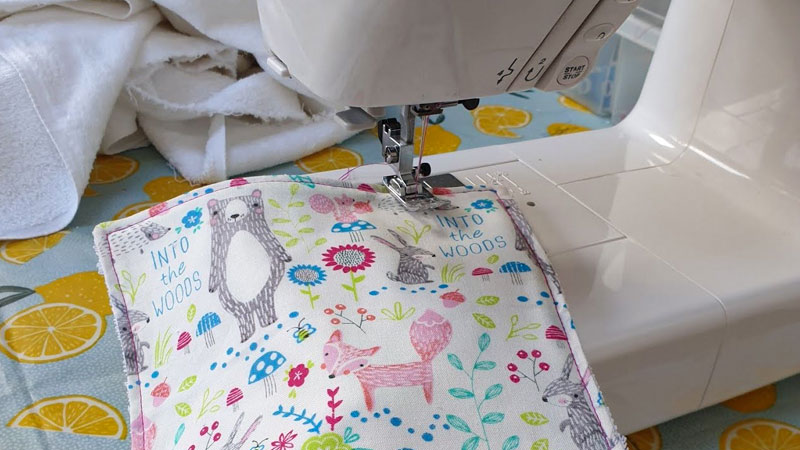
Sewing empowers individuals to make sustainable choices by creating their own clothing and accessories.
This reduces reliance on fast fashion and mass-produced items, which can have significant environmental impacts.
Additionally, by upcycling or repurposing fabric, sewers contribute to reducing waste.
6. Emotional Well-being
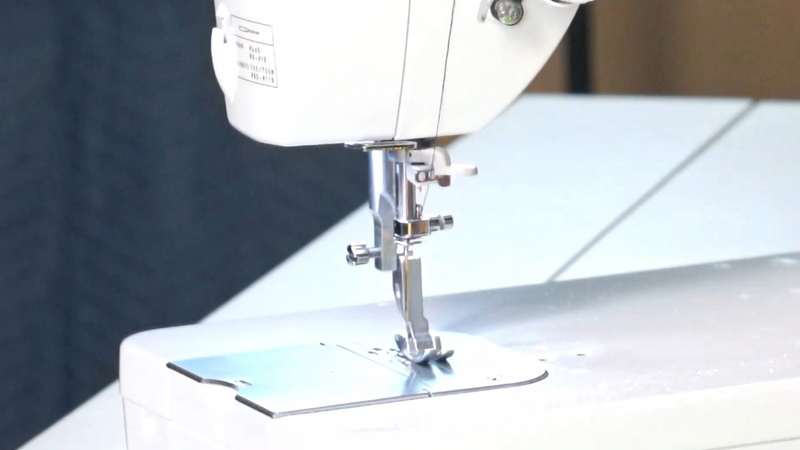
Engaging in sewing can have therapeutic effects. The rhythmic motion of the needle and thread, combined with the focus required for precise stitching, can be meditative.
It provides an outlet for stress relief and a way to unwind, promoting mental well-being.
7. Cultural Preservation
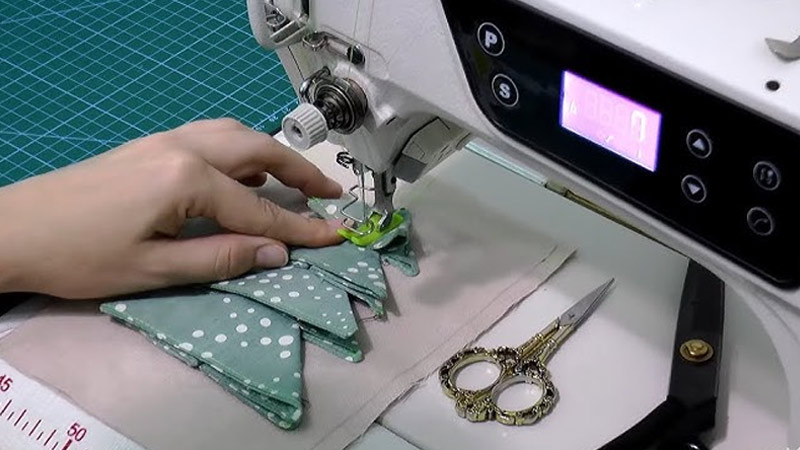
Sewing is a craft deeply embedded in many cultures around the world.
By learning and practicing this skill, individuals contribute to the preservation of cultural heritage and traditions.
It fosters a sense of connection to the past and an appreciation for craftsmanship.
8. Practical Skills
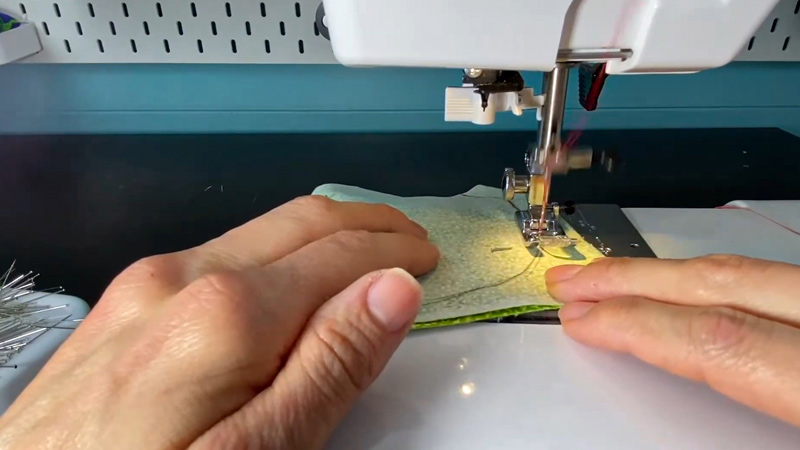
Sewing is a practical skill that can save money by allowing individuals to mend and alter their own clothing.
It also opens up opportunities for creating handmade gifts, which often carry more sentimental value than store-bought items.
9. Social Connections
Sewing can be a communal activity, where enthusiasts come together in sewing circles, workshops, or online forums.
This sense of community fosters camaraderie, provides opportunities for learning and sharing knowledge, and can lead to lasting friendships.
10. Legacy and Heirlooms
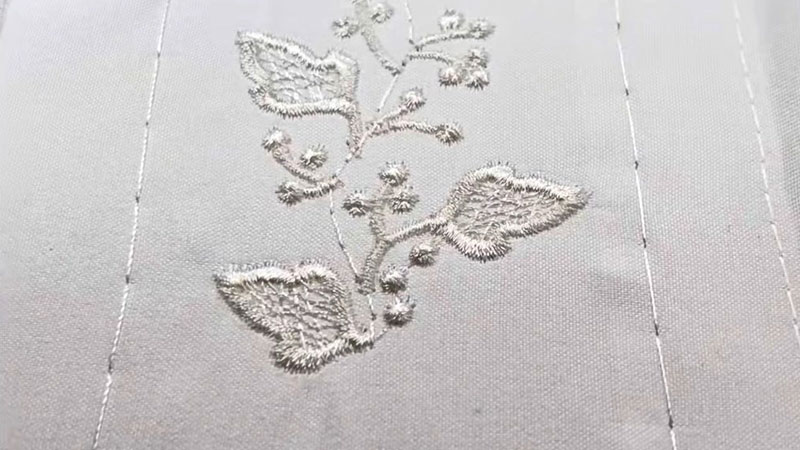
Handmade items have a special place in family history.
A sewn garment or quilt can become an heirloom, passed down through generations, carrying with it the love and effort put into its creation.
How Does Sewing Improve Your Mental Health?
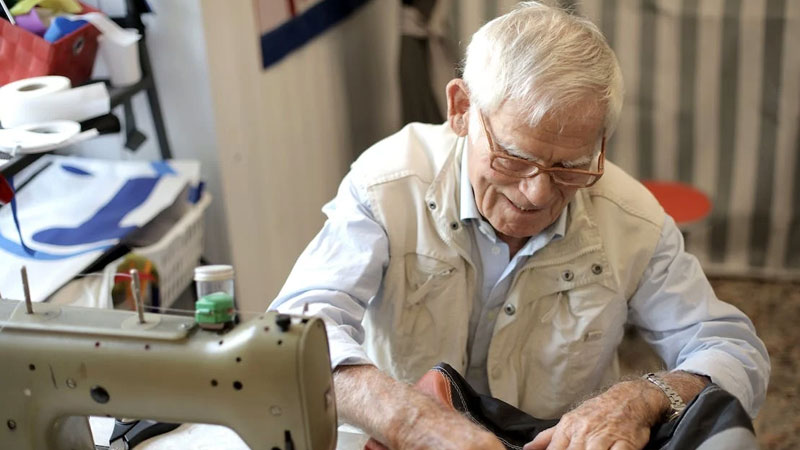
Sewing can have several positive effects on mental health.
Here are some ways in which engaging in sewing can contribute to improved mental well-being:
Mindfulness and Relaxation
Engaging in sewing requires focus and concentration, which can lead to a state of mindfulness.
This focused attention on the task at hand can help calm the mind and reduce stress levels.
The rhythmic motion of stitching can be meditative, promoting a sense of relaxation.
Sense of Accomplishment
Completing a sewing project, whether it’s a small alteration or a complex garment, provides a tangible sense of achievement.
This feeling of accomplishment can boost confidence and self-esteem, leading to improved overall mood.
Stress Reduction
Engaging in a creative and hands-on activity like sewing can serve as a healthy outlet for stress.
The repetitive motions of sewing can be soothing and help release tension, providing a natural form of stress relief.
Creative Expression
Sewing allows individuals to express their creativity through fabric, colors, and design.
Having an outlet for creative expression can be highly fulfilling and can provide a positive emotional outlet.
Problem-Solving Skills
Sewing often involves interpreting patterns, making adjustments, and troubleshooting unexpected challenges.
This can stimulate problem-solving skills and encourage a more analytical approach to tasks, which can be mentally stimulating.
Boosts Confidence
Successfully completing sewing projects, especially more complex ones, can significantly boost one’s confidence.
It provides evidence of one’s abilities and talents, reinforcing a positive self-image.
Sense of Purpose
Engaging in a creative hobby like sewing can give individuals a sense of purpose and direction.
It provides a productive use of time and offers a sense of accomplishment, particularly for those looking for meaningful activities to engage in.
Promotes Mind-Body Connection
Sewing requires coordination between the hands, eyes, and brain. This can help improve hand-eye coordination and fine motor skills.
The act of manipulating fabric and thread can also be a grounding and sensory experience.
Distraction and Relaxation
Engaging in a creative activity like sewing can serve as a healthy distraction from negative thoughts or worries.
It offers a break from daily stressors, allowing individuals to focus on a productive and enjoyable task.
How Can You Improve Your Sewing Skills?
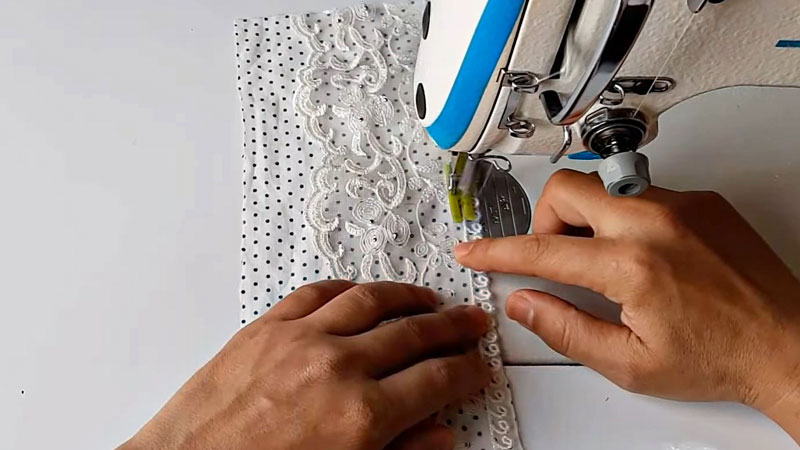
Improving your sewing skills is an excellent way to enhance your creative abilities and make high-quality, personalized items.
Here are some tailored tips to help you become a better sewer:
Set Clear Goals
Define specific sewing projects or techniques you want to master.
Whether it’s sewing a specific garment, perfecting a particular stitch, or working with a new fabric, having clear goals will give your practice direction.
Diversify Your Projects
Try working on a variety of projects, from simple to complex. This will expose you to different techniques and challenges, helping you grow as a sewer.
Invest in Quality Tools
Ensure you have good-quality sewing tools, including sharp scissors, a reliable sewing machine, quality thread, and measuring tools.
Having the right equipment will make a significant difference in the quality of your work.
Practice Precision
Pay close attention to measurements, seam allowances, and pattern markings. Precision is key to achieving a professional finish.
Experiment with Fabrics
Different fabrics behave differently when sewn. Practice on a variety of fabrics to understand how each one handles and how to adjust your techniques accordingly.
Follow Patterns
Using patterns can be incredibly helpful, especially as you’re learning.
They provide clear guidelines on cutting, stitching and assembling your project. Make sure to read and follow instructions carefully.
Take Sewing Classes
Consider enrolling in sewing classes or workshops, either in-person or online.
These can provide structured learning, hands-on experience, and guidance from experienced instructors.
FAQS
Why is sewing considered a rewarding hobby?
Sewing allows for creative self-expression, enabling individuals to craft unique, personalized items. The sense of accomplishment derived from completing a project is highly gratifying.
How does sewing contribute to sustainability and eco-friendliness?
By creating their own clothing and accessories, sewers reduce reliance on fast fashion and contribute to a more sustainable and environmentally friendly approach to fashion.
In what ways does sewing promote cultural preservation?
Sewing is a traditional craft deeply ingrained in many cultures. By learning and practicing sewing, individuals contribute to the preservation of cultural heritage and traditions.
What mental health benefits come from engaging in sewing?
Sewing promotes relaxation, mindfulness, and stress reduction. It offers a productive and creative outlet, stimulating the mind and providing a sense of accomplishment.
How does sewing foster a sense of community?
Engaging in sewing often involves joining groups, workshops, or online forums. This fosters camaraderie, provides opportunities for learning, and allows individuals to connect with like-minded enthusiasts.
To Wrap Up
In the tapestry of life, sewing is a thread that binds creativity, skill, and soul. Its rewards are woven through the fabric of self-expression, offering a canvas where imagination unfurls.
The satisfaction of completing a project, the joy in crafting something unique, and the sense of accomplishment are unparalleled.
Beyond the tangible, sewing is a journey of personal growth, fostering patience, precision, and problem-solving.
It connects us to traditions, cultures, and generations past. With every stitch, we leave a mark, a legacy that endures.
In this intricate art, we find not only a rewarding hobby but a profound source of purpose, solace, and enduring satisfaction.
Leave a Reply